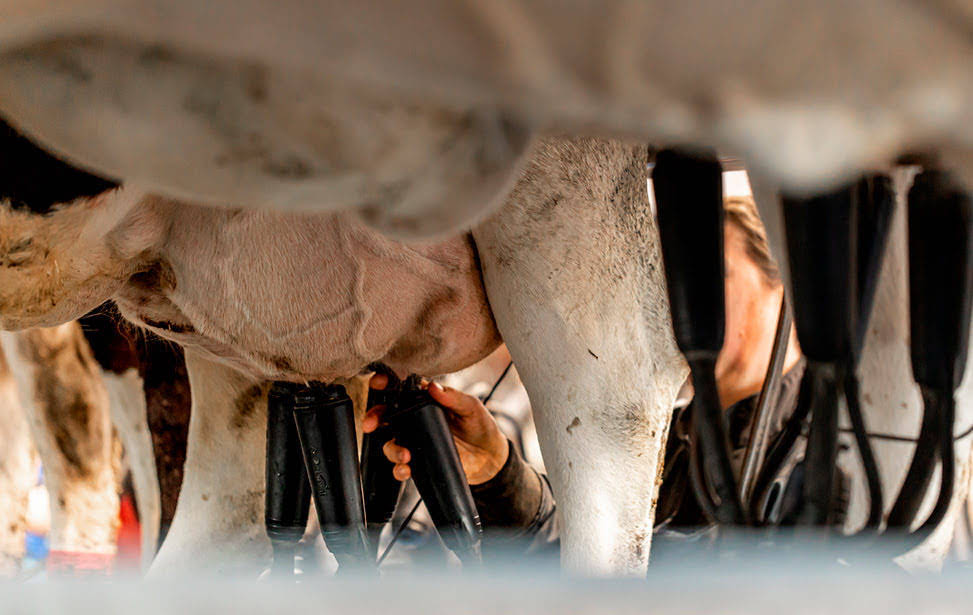- English

The reduction of milk yield is a major component in the cost of mastitis. However, past research has not been based on daily sensor measurements and has not fully explored nonlinearity and the thresholds at which milk yield starts to decrease. John Bonestroo, Industrial PhD candidate and Ilka Klaas, Dairy Development Director at DeLaval fills the gap with latest research results.
“The aim of our study was primarily to investigate the association of three different mastitis sensor measurements with milk yield” John explains.
In more detail, the research group investigated the nonlinear associations of lactate dehydrogenase (LDH), electrical conductivity (EC), and somatic cell count (SCC) with milk yield at various stages of lactation, parity, and mastitis chronicity status. The thresholds at which these mastitis indicators started to be negatively associated with milk yield were also investigated.
The study was carried out as part of John’s industrial PhD project and in collaboration with research groups from Swedish University of Agricultural Sciences and University of Wageningen is now published in Journal of Dairy Science.
Methods
“We used data from 21 automated milking system herds measuring EC and online SCC. Of these herds, 7 of the 21 additionally measured online LDH. We operationalized milk yield as milk synthesis rate in kilograms per hour. We used generalized additive models to model milk synthesis rate as a function of days in milk and mastitis indicators. These functions were visualized and analyzed in this paper”, John explains.
Results
The results showed that milk synthesis rate decreased with increasing SCC, LDH, and EC, but in a nonlinear fashion. The thresholds at which milk synthesis rate started to decrease were for SCC between 12,000 to 43,000 /mL for LDH between 1−2.7 U/L and for EC between 5.0 to 6.0 mS/cm.
Additionally, milk synthesis rate decreased substantially passing a threshold of 277,000 SCC/mL and 20 LDH U/L. In contrast to LDH and SCC, EC showed a steady increase of milk loss with increasing values.
Conclusion
“Our new results on the different thresholds for milk yield loss are very useful to express the severity of mastitis, both in terms of the clinical signs and the economic impact”, Ilka concludes.
More information: www.corporate.delaval.com